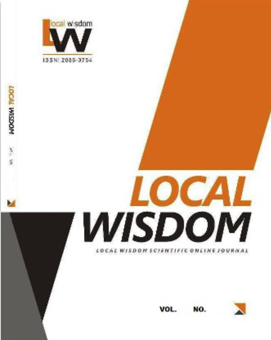Architecture as A Physical, Psychological & Spiritual Science – A Case Study on Indo-Aryan Architecture
DOI:
https://doi.org/10.26905/lw.v15i1.8934Keywords:
architect, culture, vernacular architecture, health-giving architecture, Indo-Aryan DwellingsAbstract
Primitive dwellings and traditional houses were commonly built by the local craftsmen or by the dwellers themselves, both under the supervision of a spiritual figure called the spirit-man who was present to give guidance on a spiritual level and lead the performance of ritual ceremonies connected with the construction. With the development of social communities and advancement of knowledge, the architect gradually became the only person in charge of the whole process of designing; who was in fact professional in a wide range of sciences including mathematics and geometry, history, philosophy, physics, astrology, human inner system and medicine. These sciences were necessary to equip the architect with proper knowledge in dealing with different aspects of human living as physical, psychological and spiritual, occurring in every piece of architecture. Therefore, the building designed in this way was able to provide different needs of each household.
However, as science advanced and the material views became popular, holistic views towards architecture got abandoned, and replaced with specialized sciences dealing with physical aspect of living, in the 20th century and the architectural education architect became confined to merely visual arts and physical comfort. Although many scholars such as Christopher Oliver, Christopher Day or Cooper Marcus, tried to emphasize on the importance of psychological aspects of human system, using traditional buildings as successful examples of architecture, the spiritual side of architecture remained unrevealed. The sciences of geomancy, human spiritual anatomy and astrology used to be important elements of design in traditional societies, that lead to creation of sciences such as Feng Shui or Vastru Shastra. This article, studying the art and architecture of Indo-Aryan societies, aims at introducing architecture as a combination of physical, psychological and spiritual sciences to help create buildings that not only provide physical comfort, but also promote health.












